Home>Furniture & Design>Interior Design Trends>What Temperature To Cook Meatloaf In A Glass Pan
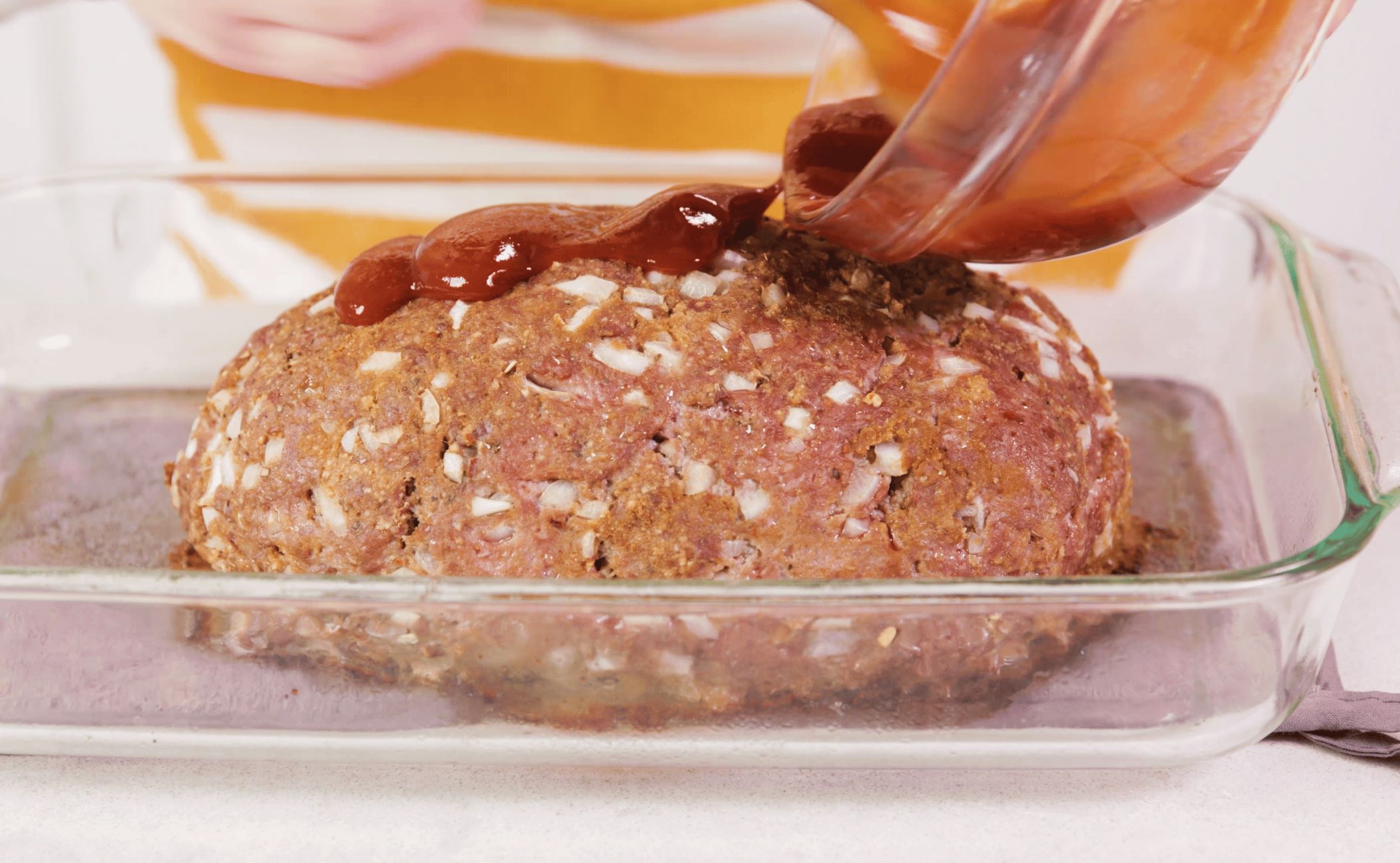

Interior Design Trends
What Temperature To Cook Meatloaf In A Glass Pan
Modified: March 20, 2024
Discover the best temperature for cooking meatloaf in a glass pan and elevate your interior design with the latest trends. Learn more now!
(Many of the links in this article redirect to a specific reviewed product. Your purchase of these products through affiliate links helps to generate commission for Storables.com, at no extra cost. Learn more)
Introduction
Cooking meatloaf in a glass pan is a popular method that offers numerous benefits. Glass pans are known for their even heat distribution, which helps to cook the meatloaf evenly and retain its moisture. When it comes to preparing a delicious meatloaf, the choice of cookware can significantly impact the outcome. Using a glass pan provides a reliable and consistent cooking environment, ensuring that the meatloaf is cooked to perfection.
Glass pans are versatile and can be used for a wide range of recipes, making them a staple in many kitchens. Their non-reactive nature makes them an excellent choice for cooking acidic foods, such as tomato-based sauces often used in meatloaf recipes. Additionally, glass pans are easy to clean and maintain, adding to their appeal for home cooks.
In this article, we will explore the benefits of cooking meatloaf in a glass pan, discuss the recommended temperature for achieving the best results, and provide valuable tips to help you master the art of preparing a delectable meatloaf using this cooking method. Whether you are a seasoned home cook or a novice in the kitchen, understanding the nuances of cooking meatloaf in a glass pan can elevate your culinary skills and delight your taste buds. Let's delve into the world of glass pan cooking and discover the secrets to creating a mouthwatering meatloaf that will leave your family and guests craving for more.
Key Takeaways:
- Cooking meatloaf in a glass pan at 350°F ensures even cooking, juicy texture, and a golden crust. It’s like creating a delicious masterpiece with the perfect balance of flavors and visual appeal.
- Prepare the glass pan, shape the meatloaf evenly, and use a meat thermometer for a perfect result. It’s all about adding love and creativity to make a memorable and delightful meatloaf experience.
Read more: At What Temperature Is Glass Made?
Benefits of Cooking Meatloaf in a Glass Pan
Cooking meatloaf in a glass pan offers a myriad of benefits that contribute to the overall quality and flavor of the dish. Here are some compelling reasons why using a glass pan for meatloaf preparation can elevate your culinary experience:
-
Even Heat Distribution: Glass pans are renowned for their ability to distribute heat evenly throughout the cooking process. This ensures that the meatloaf cooks uniformly, preventing hot spots that can lead to uneven cooking and potential dryness in certain areas. The consistent heat distribution promotes a tender and succulent texture, resulting in a delectable meatloaf that is sure to impress.
-
Retention of Moisture: Glass pans excel in retaining moisture, which is crucial for preserving the juiciness of the meatloaf. The non-porous nature of glass prevents moisture loss during cooking, helping the meatloaf maintain its natural succulence. As a result, the finished dish boasts a moist and flavorful interior, enhancing the overall dining experience.
-
Visual Monitoring: The transparency of glass pans allows for easy visual monitoring of the meatloaf as it cooks. This feature enables cooks to assess the browning and caramelization of the exterior, ensuring that the meatloaf achieves an appealing golden crust without the risk of burning. The ability to visually inspect the cooking progress adds a layer of control and precision to the culinary process.
-
Versatility: Glass pans are versatile kitchen essentials that can seamlessly transition from oven to table. Once the meatloaf is cooked to perfection, the glass pan can be elegantly presented on the dining table, enhancing the visual appeal of the meal. This versatility eliminates the need for transferring the dish to a separate serving container, simplifying the serving process and minimizing cleanup.
-
Non-Reactive Cooking Surface: Glass pans provide a non-reactive cooking surface, making them an ideal choice for recipes that contain acidic ingredients, such as tomato-based sauces commonly used in meatloaf. This non-reactive nature ensures that the flavors of the ingredients remain pure and unaltered, allowing the meatloaf to showcase its full range of savory and aromatic notes.
Incorporating these benefits, cooking meatloaf in a glass pan presents a compelling case for enhancing the overall cooking experience and delivering a delectable dish that is sure to delight the palate.
Recommended Temperature for Cooking Meatloaf in a Glass Pan
Achieving the perfect temperature is crucial when cooking meatloaf in a glass pan to ensure that it is cooked through while maintaining its juiciness and flavor. The recommended temperature for cooking meatloaf in a glass pan is 350°F (175°C). This moderate heat setting allows the meatloaf to cook evenly without the risk of drying out, resulting in a moist and tender texture that is synonymous with a well-prepared meatloaf.
At 350°F, the glass pan facilitates gentle and consistent heat distribution, enveloping the meatloaf in a cooking environment that promotes thorough cooking without compromising its succulence. This temperature strikes a harmonious balance, allowing the flavors to develop while the internal temperature of the meatloaf reaches the desired level of doneness.
Cooking meatloaf at 350°F typically requires a cooking time of approximately 1 to 1.5 hours, depending on the size and thickness of the meatloaf. It is essential to use a reliable meat thermometer to verify that the internal temperature of the meatloaf reaches 160°F (71°C), indicating that it is safely cooked and ready to be enjoyed.
The moderate heat of 350°F also contributes to the development of a desirable crust on the exterior of the meatloaf. This gentle browning enhances the visual appeal of the dish, creating an inviting golden exterior that adds to the overall dining experience.
Furthermore, the recommended temperature of 350°F aligns with the versatile nature of glass pans, allowing for seamless heat retention and consistent cooking performance. The non-reactive properties of glass ensure that the flavors of the meatloaf and accompanying ingredients are preserved, resulting in a harmonious blend of savory notes and aromatic nuances.
By adhering to the recommended temperature of 350°F, home cooks can confidently prepare a delectable meatloaf in a glass pan, showcasing their culinary prowess and delivering a memorable dining experience for family and guests. This temperature setting serves as a guiding principle for achieving culinary excellence, ensuring that the meatloaf emerges from the oven as a masterpiece of flavor, texture, and visual appeal.
In summary, the recommended temperature of 350°F for cooking meatloaf in a glass pan embodies the art and science of culinary precision, elevating the cooking process to yield a sumptuous meatloaf that embodies the essence of home-cooked comfort and culinary mastery.
Preheat your oven to 350°F (175°C) and cook your meatloaf in a glass pan at this temperature for about 1 hour, or until it reaches an internal temperature of 160°F (71°C).
Tips for Cooking Meatloaf in a Glass Pan
-
Prepare the Glass Pan: Before assembling the meatloaf mixture, it's essential to prepare the glass pan to prevent sticking and ensure easy cleanup. Lightly greasing the pan with cooking spray or a thin layer of oil creates a non-stick surface, allowing the meatloaf to release effortlessly after cooking. This simple step contributes to a seamless cooking experience and preserves the integrity of the meatloaf's texture.
-
Shape the Meatloaf: When shaping the meatloaf mixture in the glass pan, aim for a uniform and compact shape to promote even cooking. Gently patting the mixture into a cohesive loaf form helps maintain consistency throughout the cooking process, resulting in a well-balanced texture and flavor profile.
-
Use a Meat Thermometer: To ensure that the meatloaf reaches the optimal level of doneness, utilize a meat thermometer to accurately gauge the internal temperature. Insert the thermometer into the thickest part of the meatloaf, avoiding contact with the pan, to verify that it reaches 160°F (71°C). This precautionary measure guarantees that the meatloaf is thoroughly cooked while retaining its juiciness and flavor.
-
Allow Resting Time: After removing the glass pan from the oven, allow the meatloaf to rest for 10-15 minutes before slicing and serving. This resting period enables the juices to redistribute within the meatloaf, enhancing its succulence and ensuring a moist and tender texture. Additionally, the resting time allows the meatloaf to set, facilitating clean and precise slicing for an elegant presentation.
-
Enhance Flavor with Seasonings: Experiment with a variety of seasonings and herbs to elevate the flavor profile of the meatloaf. Incorporating ingredients such as garlic, onion, Worcestershire sauce, and fresh herbs infuses the meatloaf with aromatic complexity and savory richness. Customizing the seasonings to suit personal preferences adds a personalized touch to the dish, creating a memorable dining experience.
-
Accompanying Sauce: Consider preparing a complementary sauce to accompany the meatloaf, enhancing its overall appeal and flavor. Classic options such as a tangy tomato glaze or a savory mushroom gravy complement the meatloaf's robust flavors, adding an extra layer of indulgence to the dining experience.
By incorporating these tips, home cooks can master the art of cooking meatloaf in a glass pan, ensuring a delightful culinary experience that celebrates the timeless appeal of this beloved comfort food. From preparation to presentation, these tips empower cooks to create a meatloaf that embodies the essence of homemade goodness and culinary excellence.
Conclusion
In conclusion, cooking meatloaf in a glass pan presents a compelling culinary journey that combines the art of home cooking with the science of precision and flavor enhancement. The benefits of using a glass pan, including even heat distribution, moisture retention, visual monitoring, versatility, and a non-reactive cooking surface, underscore the significance of this cooking method in elevating the overall meatloaf preparation experience.
The recommended temperature of 350°F serves as a guiding principle for achieving culinary excellence when using a glass pan, ensuring that the meatloaf emerges from the oven with a harmonious blend of succulence, flavor, and visual appeal. This moderate heat setting, coupled with the versatile nature of glass pans, creates an optimal cooking environment that promotes thorough cooking while preserving the integrity of the ingredients.
Furthermore, the tips provided for cooking meatloaf in a glass pan offer valuable insights that empower home cooks to approach the culinary process with confidence and creativity. From preparing the glass pan to enhancing the flavor profile of the meatloaf, these tips serve as a roadmap for crafting a memorable and delectable meatloaf that embodies the essence of homemade comfort and culinary mastery.
By embracing the art of cooking meatloaf in a glass pan, home cooks can embark on a culinary adventure that celebrates tradition, creativity, and the joy of sharing delicious meals with loved ones. The transparency of the glass pan not only allows for visual monitoring of the cooking process but also symbolizes the transparency and warmth that permeate the act of preparing a beloved dish for family and friends.
In essence, cooking meatloaf in a glass pan transcends the realm of culinary technique and becomes a heartfelt expression of care and creativity. It embodies the essence of home-cooked comfort, inviting individuals to savor the simple pleasures of a well-prepared meal shared in the company of those they cherish. As the aroma of a freshly baked meatloaf fills the kitchen, it serves as a reminder of the enduring joy found in the act of nourishing both the body and the soul through the creation of a timeless culinary classic.
In the world of home cooking, the choice of cookware is not merely a practical consideration but a reflection of the cook's dedication to delivering a memorable dining experience. Cooking meatloaf in a glass pan encapsulates this sentiment, offering a canvas for culinary creativity and a vessel for the creation of cherished memories around the dining table. As home cooks embark on their meatloaf-making endeavors, the glass pan stands as a steadfast companion, ready to transform simple ingredients into a masterpiece of flavor and comfort.
In the heart of every home-cooked meal lies a story of tradition, love, and the enduring pursuit of culinary excellence. Cooking meatloaf in a glass pan embodies this narrative, inviting individuals to embrace the timeless art of home cooking while savoring the rich tapestry of flavors and memories that accompany each delectable bite.
Frequently Asked Questions about What Temperature To Cook Meatloaf In A Glass Pan
Was this page helpful?
At Storables.com, we guarantee accurate and reliable information. Our content, validated by Expert Board Contributors, is crafted following stringent Editorial Policies. We're committed to providing you with well-researched, expert-backed insights for all your informational needs.
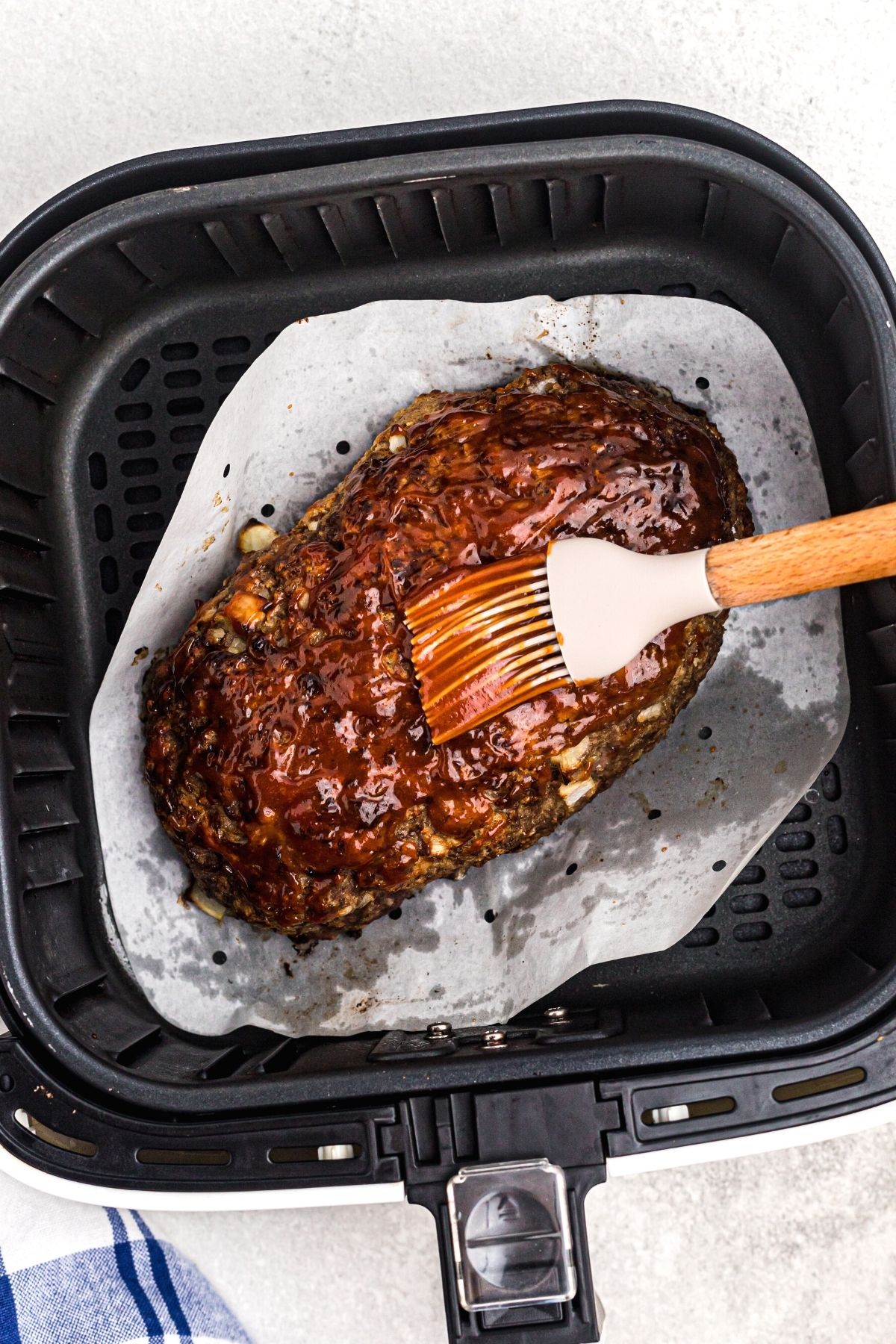
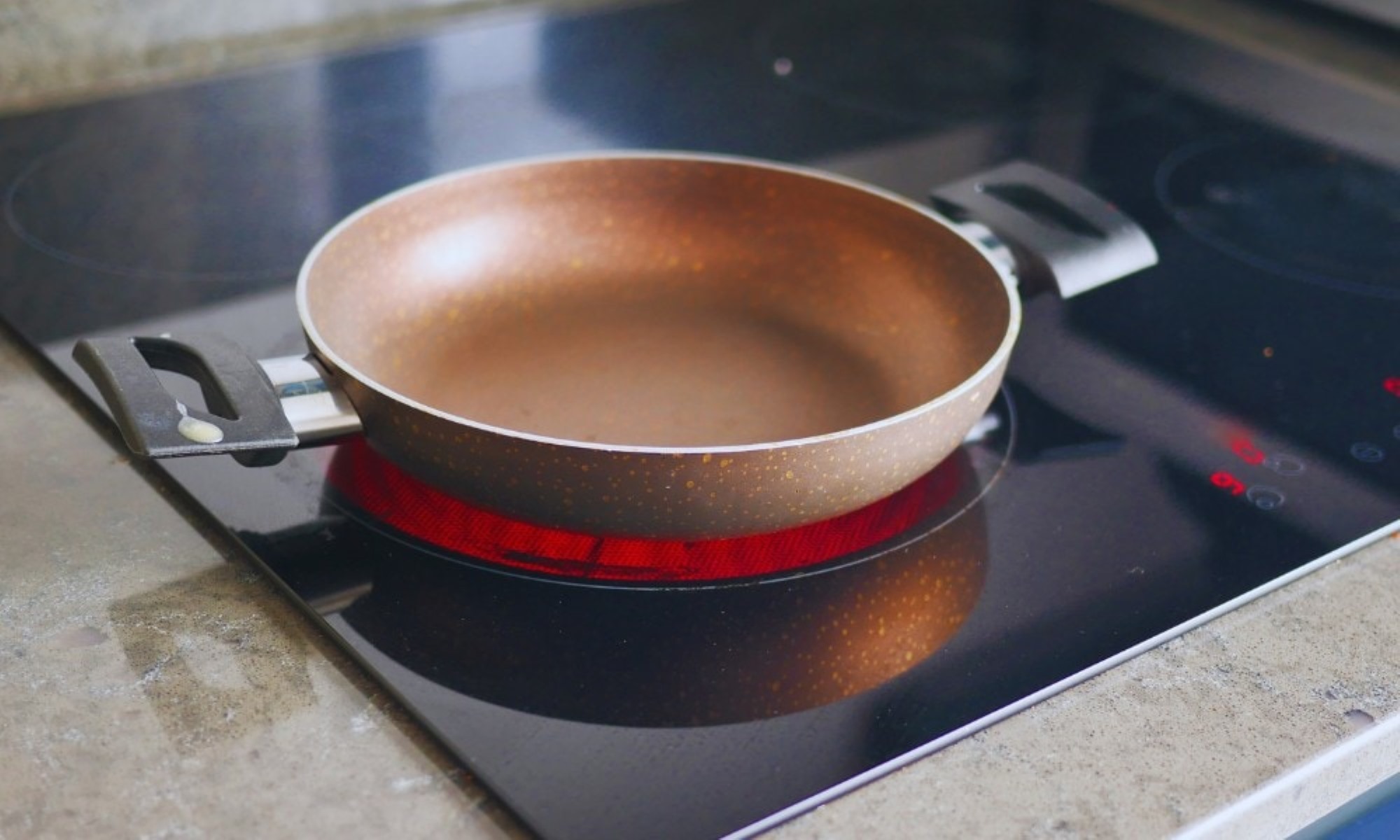

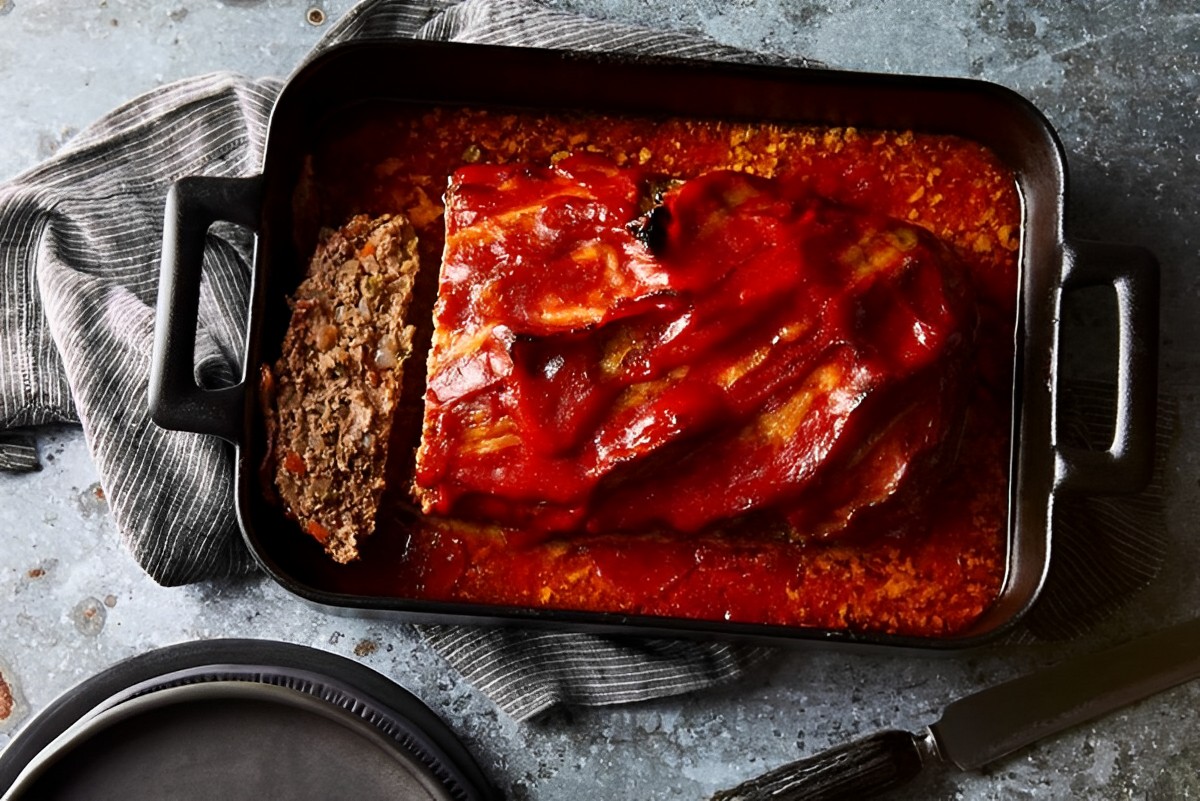
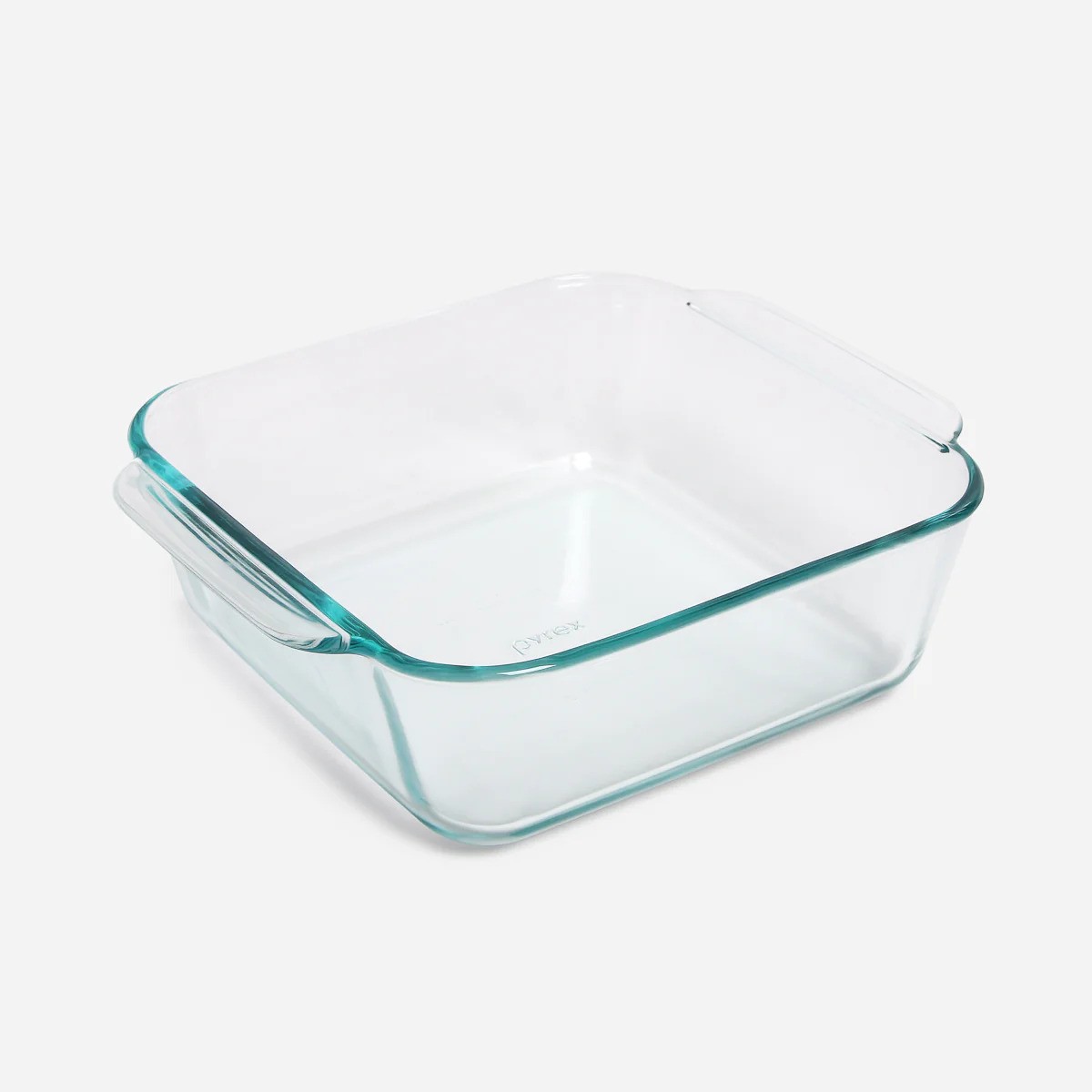
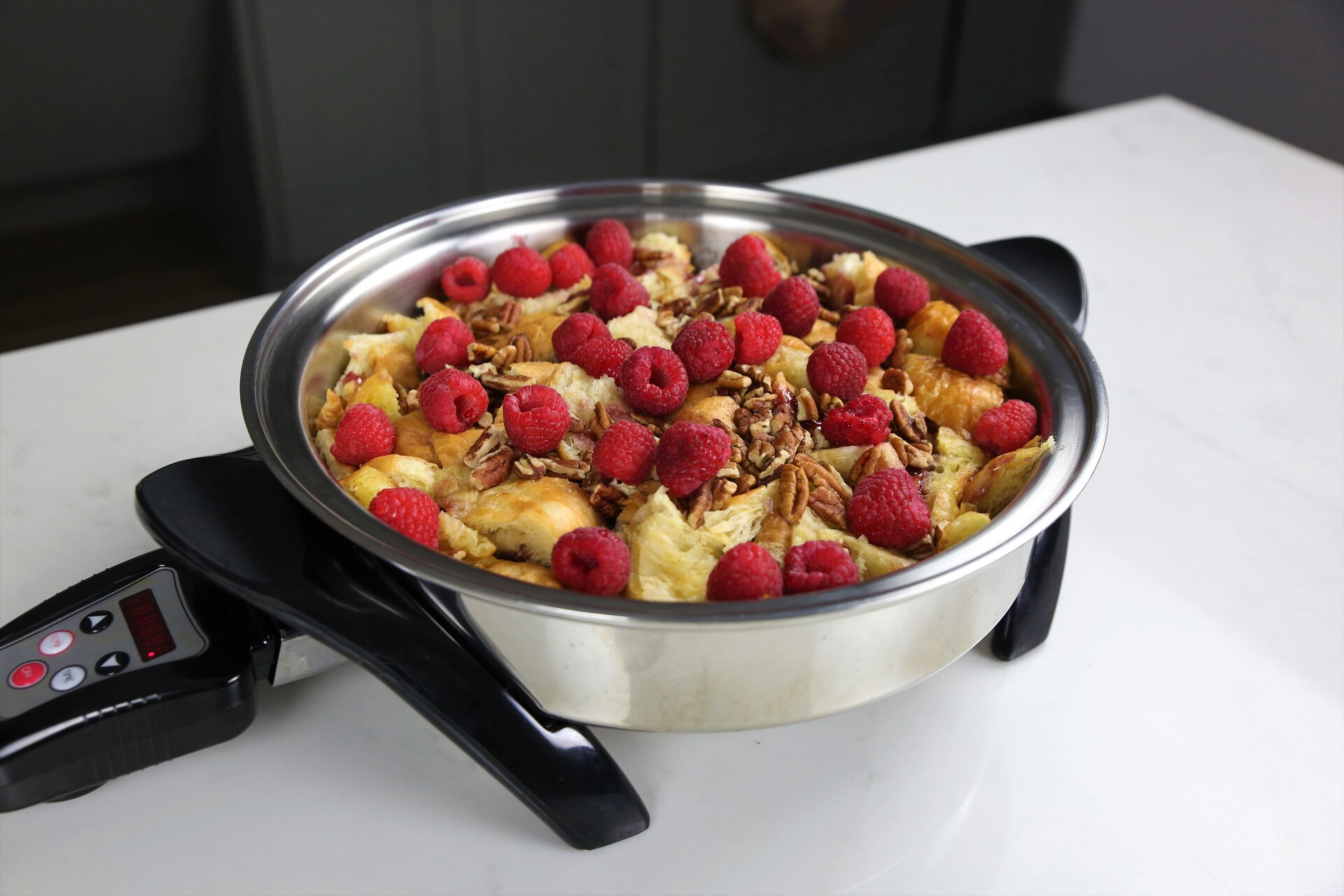

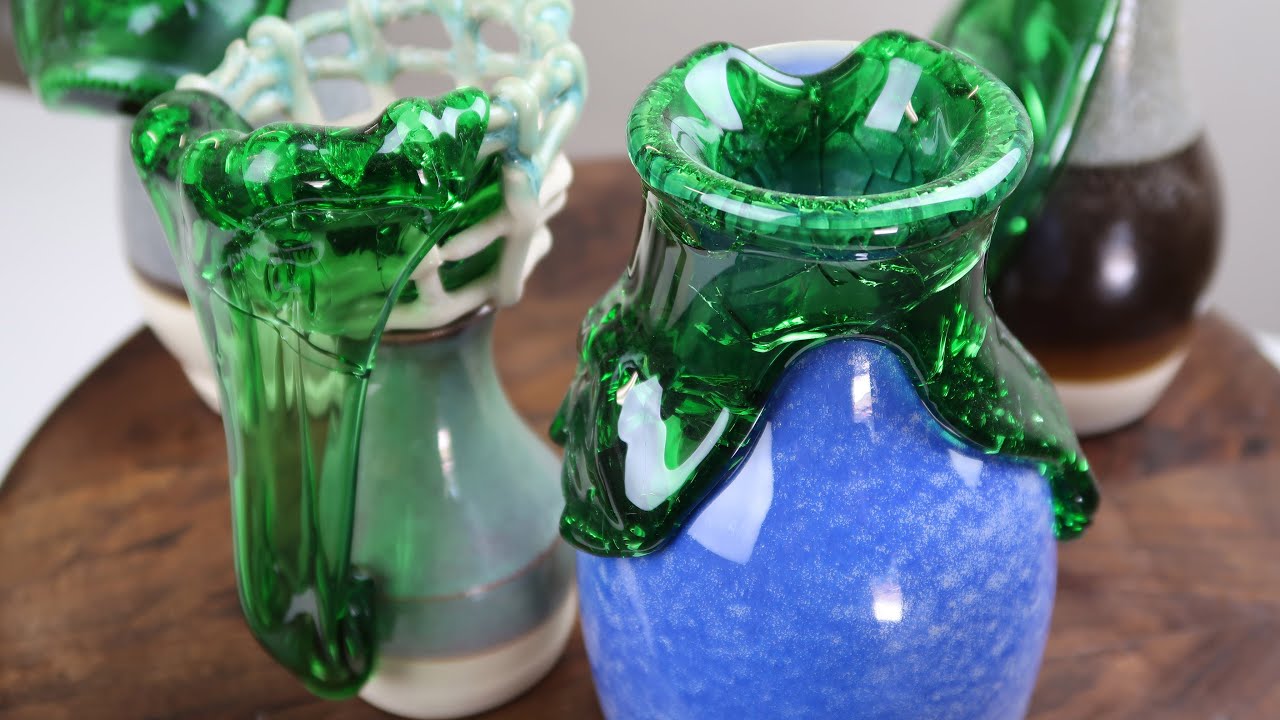
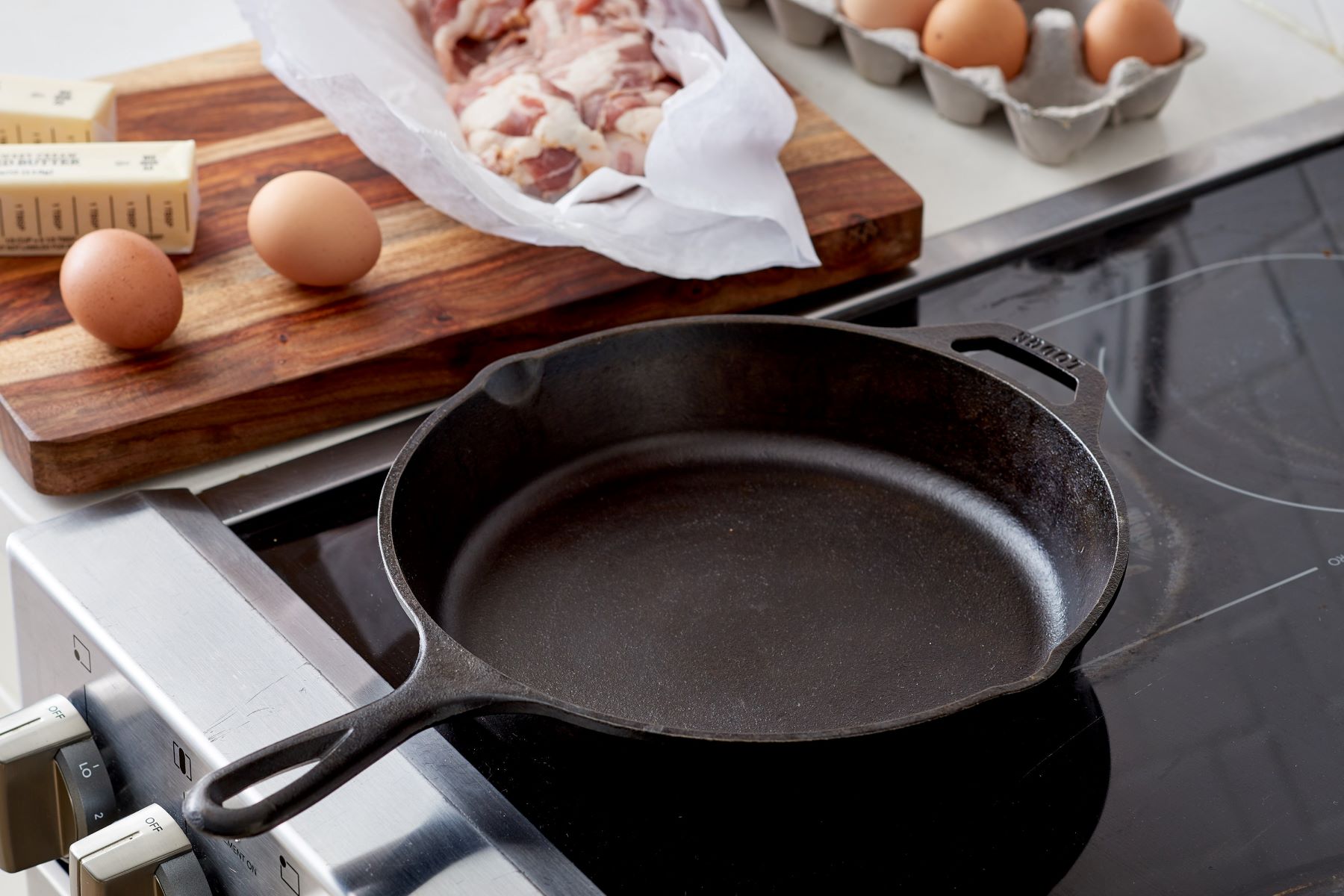
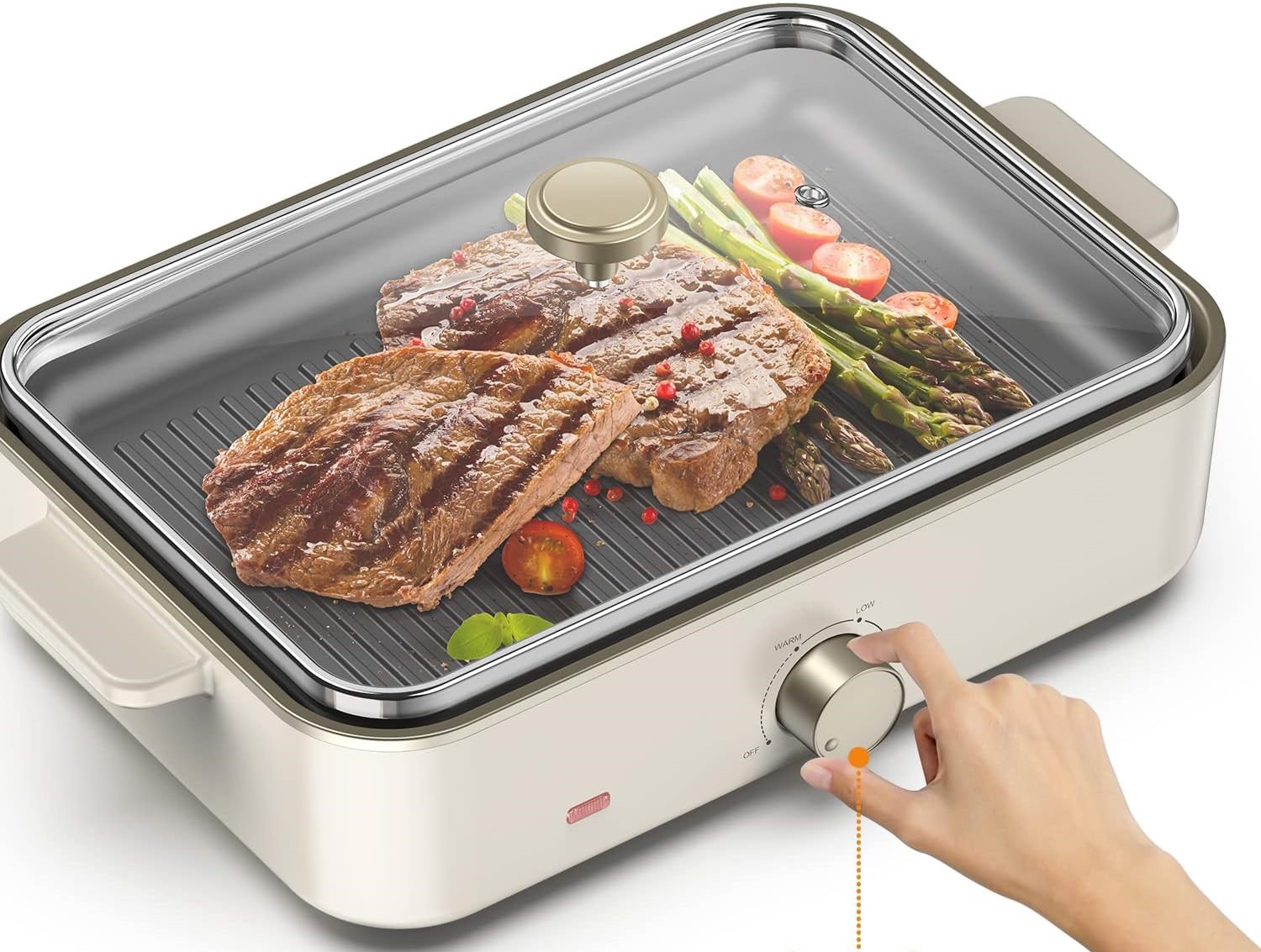
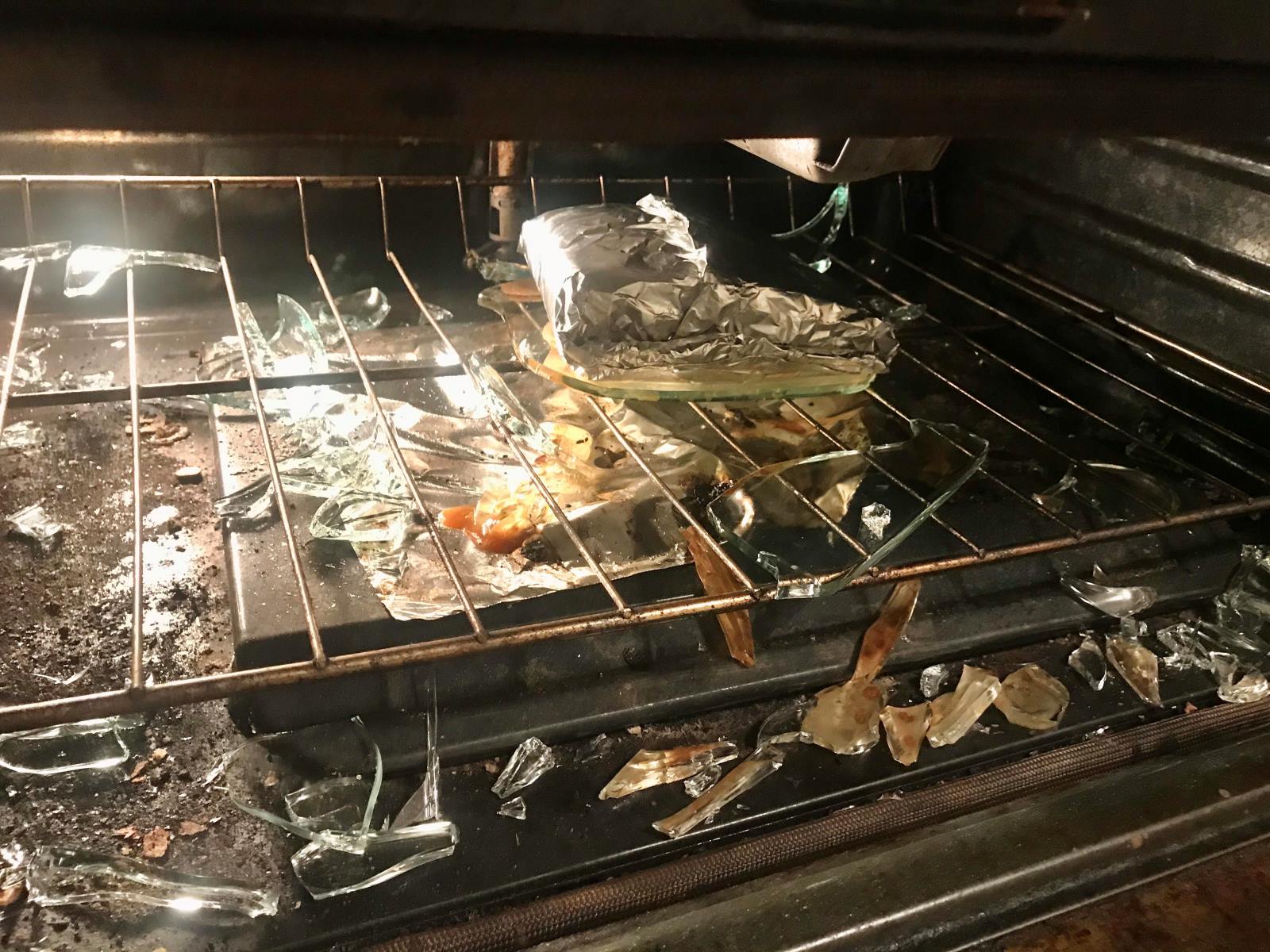
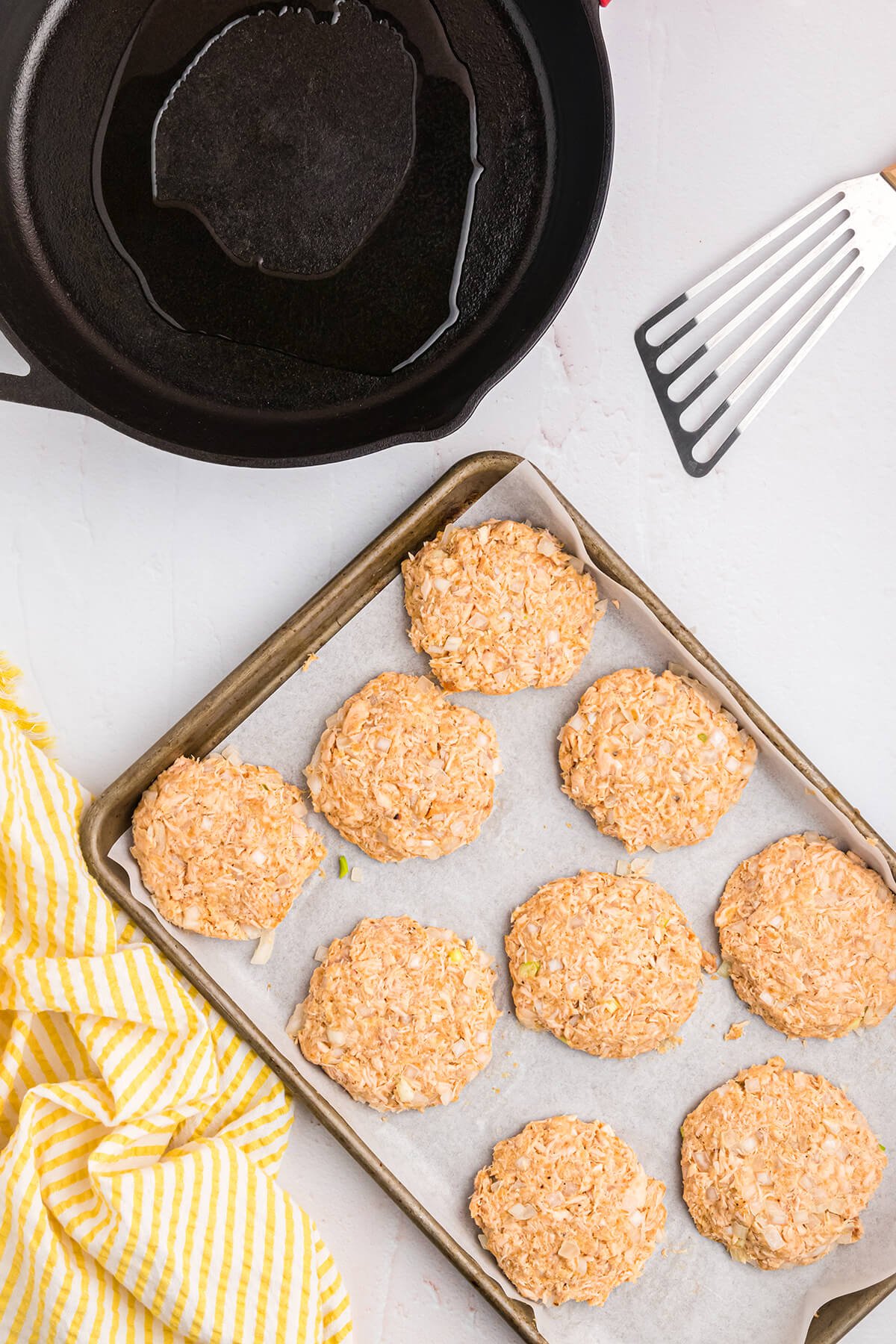
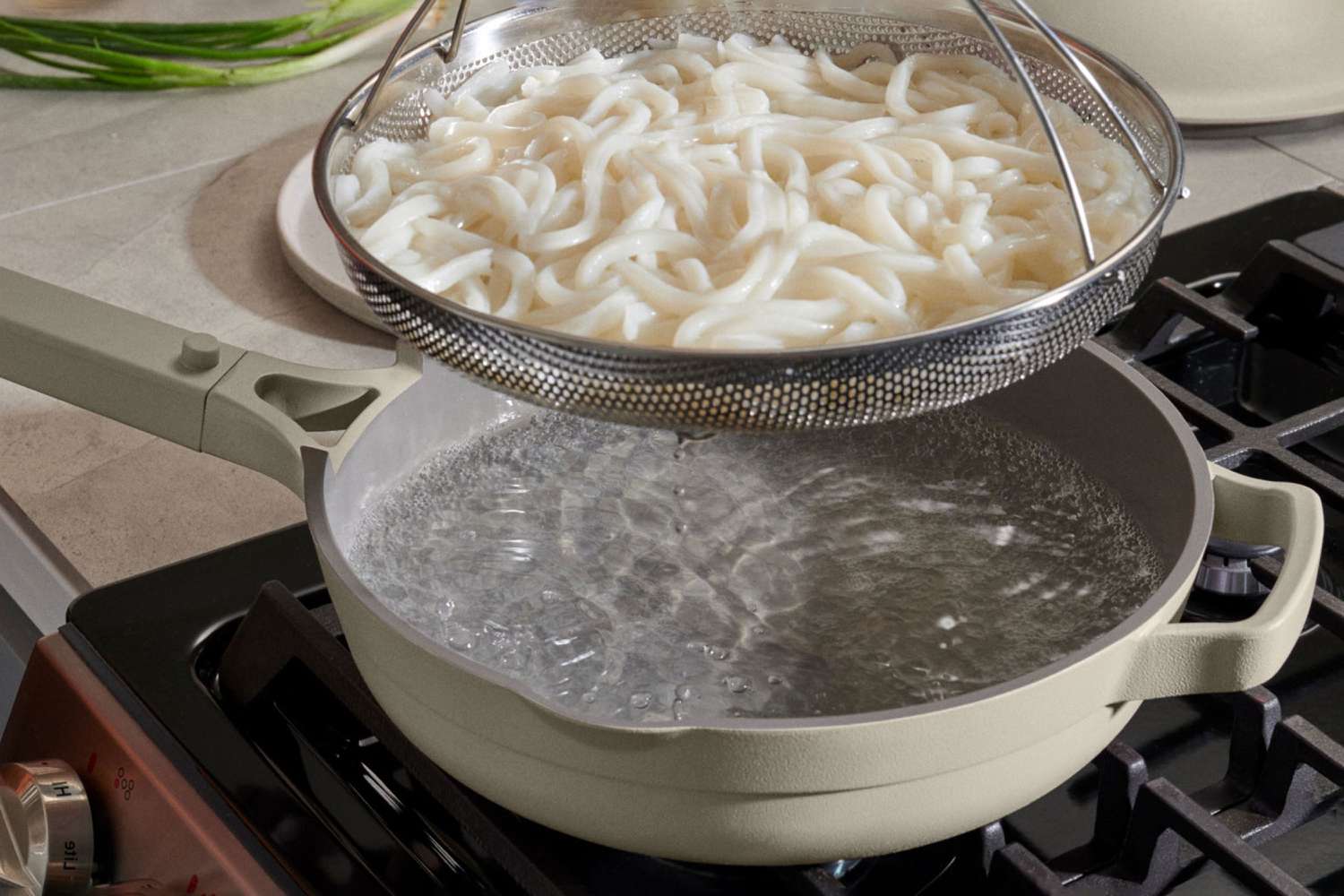
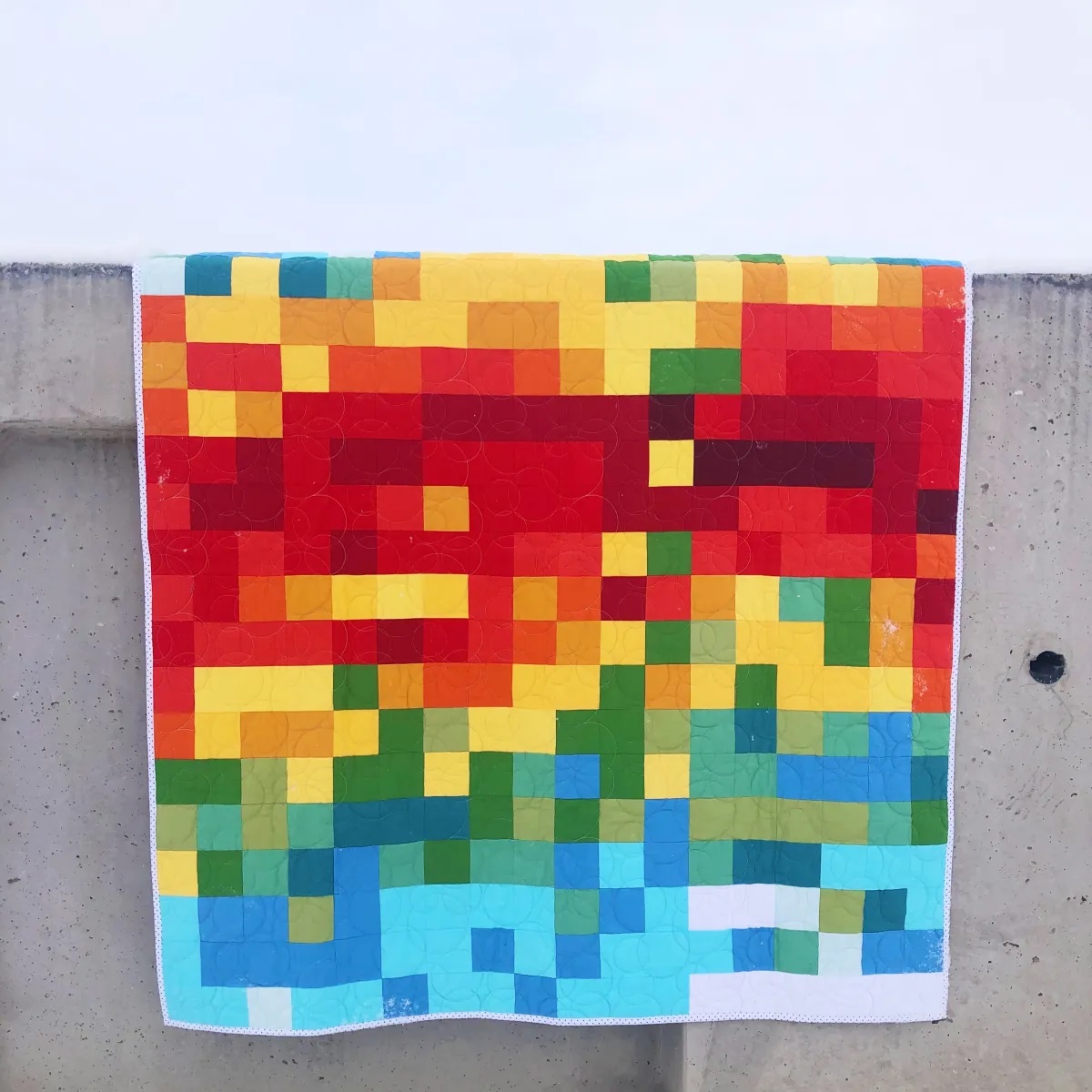
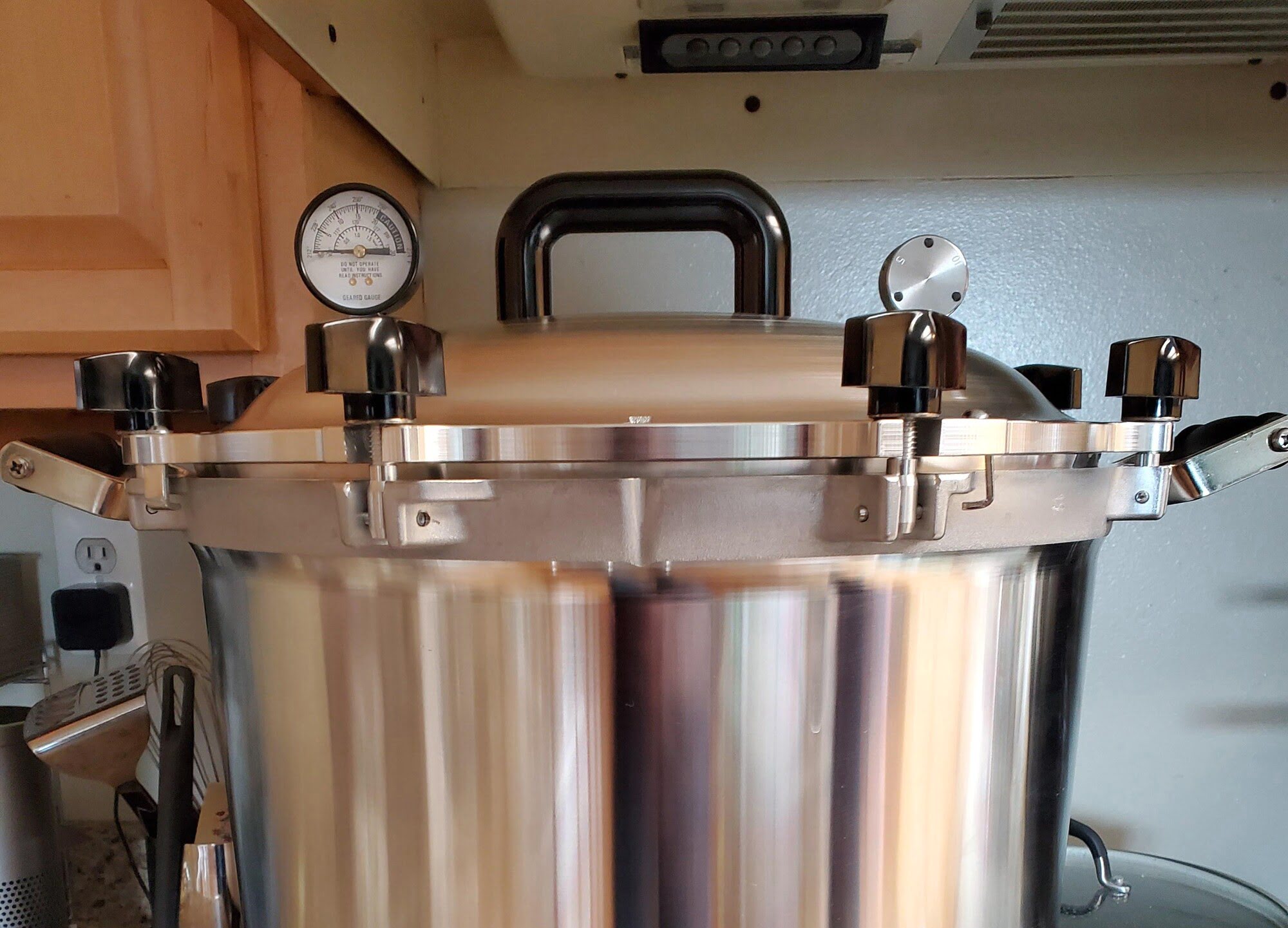

0 thoughts on “What Temperature To Cook Meatloaf In A Glass Pan”